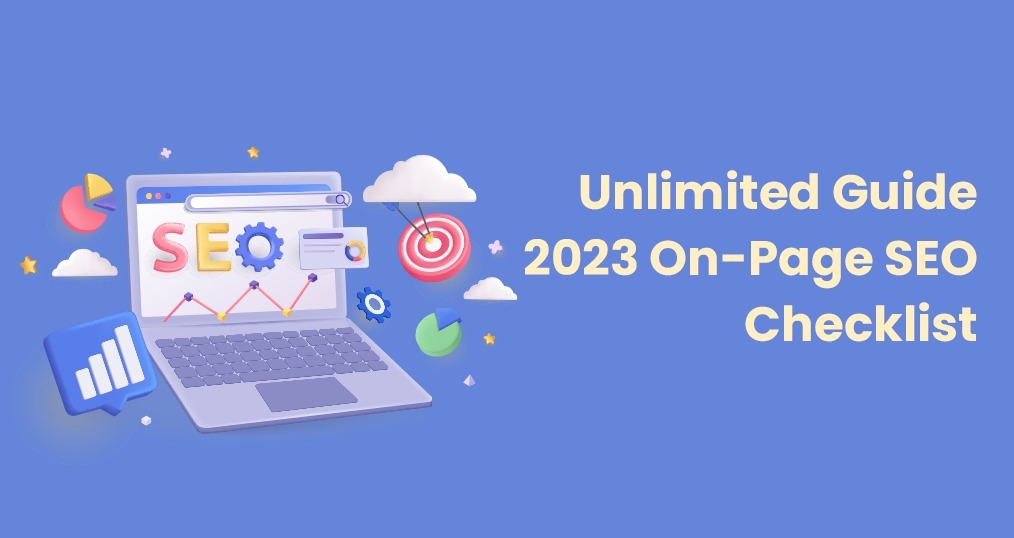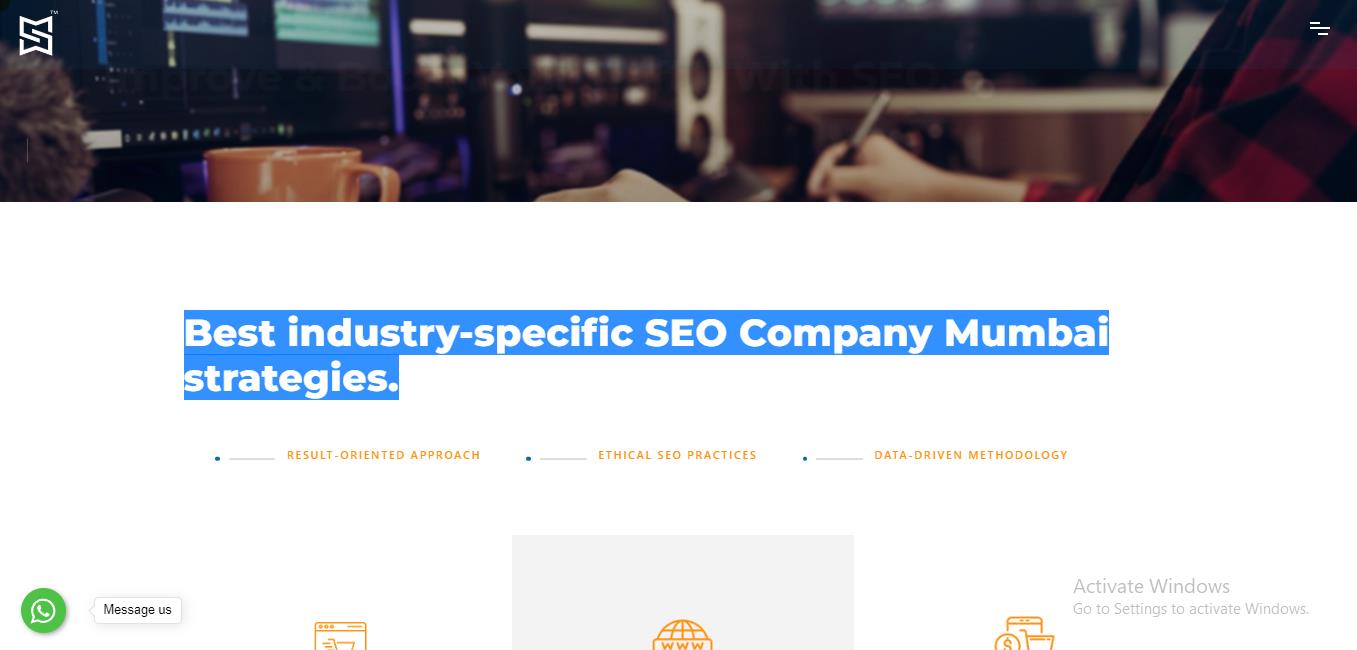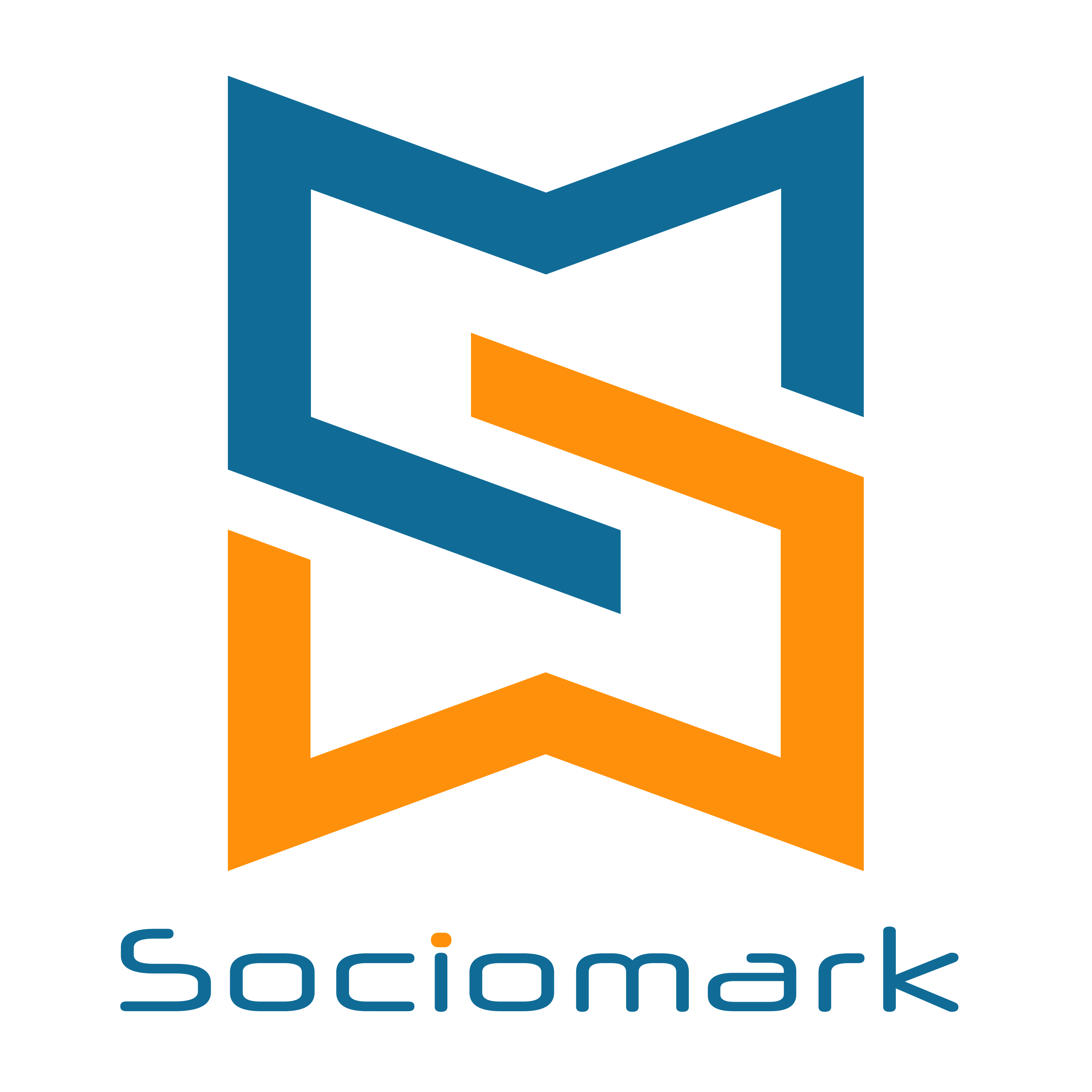

On-page optimization is an essential aspect of enhancing website exposure and organic search rankings in the ever-changing world of SEO. Keeping up with the newest on-page SEO best practices is critical for maximising the potential of your website. We give the ultimate on-page SEO checklist for 2023 in this comprehensive listicle, giving you an endless guide to properly optimise your website.
- Conduct Thorough Keyword Research: Proceed by identifying relevant keywords for the content of your website. Use keyword research tools to find high-volume, low-competition terms that correspond to the search intent of your target audience.

- Optimise Page Title: Create keyword-rich page names (meta titles) that appropriately represent your content. Keep them under 60 characters to guarantee that they appear completely in search results.

- Create Engaging Meta Description: Create crisp and effective meta descriptions that entice readers to visit your website. Include target keywords naturally while offering a convincing description of your page's content in under 160 characters.

- Use Header Tags Appropriately: Use header tags (H1, H2, H3, etc.) to improve readability and communicate the significance of distinct parts to search engines. In order to optimise for both consumers and search engines, include important keywords in your headers.

Read about - HOW SEO BENEFITS YOUR BUSINESS
- Optimise URL structure: Create descriptive URLs that appropriately represent the information on each page. Include important keywords and use hyphens to separate words for easier reading.

- Create High Quality and Relevant Content: Create innovative, insightful, and entertaining material that is relevant to your target audience's demands. Include target keywords naturally, but put user experience and readability ahead of keyword density.
- Utilise Multimedia Elements: Include relevant photographs, movies, infographics, or other multimedia components to enhance your material. Compress the size of these media assets, add meaningful alt tags, and use appropriate file names to optimise them.
- Internal linking: Use internal links throughout your content to direct visitors to relevant sites on your website. This helps search engines grasp your website's structure and hierarchy while also boosting user navigation.
- Mobile Optimization: Validate that your website is mobile-friendly and responsive across several devices. Google prioritises mobile-friendly websites in search results due to the rising number of mobile users.
- Improve Page Loading Speed: Improve the loading speed of your website by compressing pictures, minifying CSS and JavaScript files, utilising browser caching, and utilising content delivery networks (CDNs). A website that loads quickly gives a better user experience and improves search rankings.
- Regularly Refresh and Update Content: Update and improve your website's content on a regular basis to guarantee it remains current and helpful. Fresh and up-to-date information is preferred by search engines, indicating that your website is active and authoritative.
- Monitor and Analyze Performance: Track your on-page SEO efforts utilising analytics tools on a regular basis to uncover places for improvement. To determine the efficiency of your optimisations, track keyword rankings, organic traffic, bounce rates, and other vital data.
Know about - SEO Tools Experts Use
By completing this complete on-page optimisation checklist for 2023, you will be prepared with the information and tactics needed to efficiently optimise your website. Remember that on-page SEO is a continual process, and keeping up with the newest trends and algorithm updates is essential. Sociomark is one of the leading SEO agency in Mumbai with skilled SEO specialists that bring out the best SEO services for your business.
Author - Naveen Subramaniam (SEO Executive)


